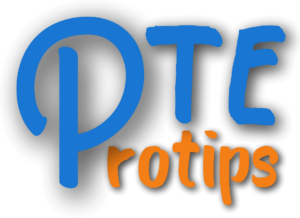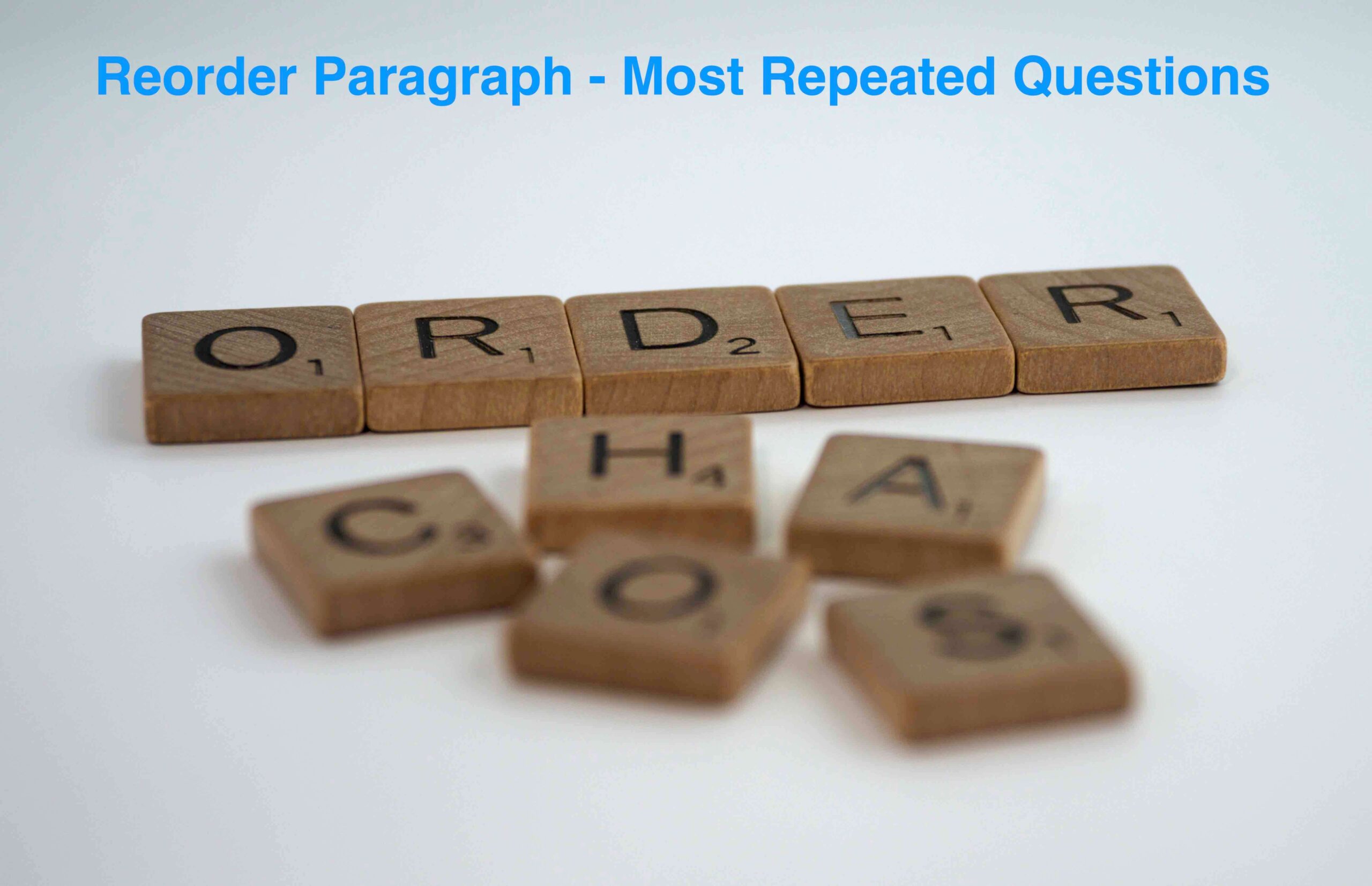Reading Dropdown FIBs Instruction:
Below is text with blanks. Click on each blank, a list of choices will appear. Select the appropriate answer for each blank.
Question1
Language comes so naturally to us that it is easy to forget what a strange and miraculous gift it is. All over the world members of our class/types/categories/species fashion their breath into hisses and hums and squeaks and pops and listen to others do the similarity/method/same/so. We do this, of course, not only because we like the sounds but because details of the sounds contain information about the intention/aim/purpose/meaning of the person making them. We humans are fitted with a means of using/sharing/considering/consuming our ideas, in all their unfathomable vastness.
When we listen to speech, we can be led to think thoughts that have never been thought before and that never would have occurred/taken/created/happened to us on our own. Behold, the bush burned with fire, and the bush was not consumed. Man is born free, and everywhere he is in chains. Emma Woodhouse, handsome, clever, and rich, with a comfortable home and happy disposition, seemed to unite some of the best blessings of existence. Energy equals mass times the speed of light squared. I have found it impossible to carry the heavy burden of responsibility and to discharge my duties as King without the help and support of the woman I love.

Question2
The difference in points/thoughts/beliefs/views is so great that one wonders, are the protestors and the policymakers talking about the same fact/phenomenon/incident/environment? Are they looking at the same data? Are the visions of those in power/authority/obligation/responsibility are so clouded by special and particular hobbies/interests/goods/rights?
Question3
When humans began farming some 12,000 years ago, they altered the future of our species/society/class/community forever. Our ancestors were ecological leaders/innovators/pioneers/founders, discovering and cultivating the most valuable crops, scaling them up to feed entire communities and transforming wild crops so fundamentally that they became dependent on humans for their survival. Farming, in the words of National Geographic’s Genographic Project, “sowed the seeds for the modern age/generation/span/time.”
Question4
Researchers in Europe and the US wanted to find out exactly what happens to our brain when we find ourselves stunned with fright in the hope of better understanding how fear interplays with human anxiety disorders.
For the first time, they traced and linked three parts of the brain responsible for freezing behaviours: the amygdala, ventrolateral periaqueductal grey region and magnocellular nucleus. Mice are excellent lab animals where it comes to anxiety and fear experiments. When a mouse is scared, its defensive behaviours range from freezing, attacking, risk assessment/judgement/determination/evaluation or fleeing the scene. How a mouse acts depends on variables such as access to escape routes or the level of threat faced.
So Andreas Lüthi at the Friedrich Miescher Institute for Biomedical Research in Switzerland and colleagues from Europe and the US observed brain activity in mice placed in frightening situations to find/detect/trace/discover the brain circuits responsible/liable/accountable/culpable for freezing behaviours. In particular, the researchers wanted to learn more about a part of the brain called the ventrolateralperiaqueductal grey region, which was believed to consume/play/portray/act some part in a mouse’s instinct to freeze or flee.
Question5
The platypus looks like no other creature on Earth. Physically, it appears to be a hybrid blend of a bird, beaver, reptile and otter, with additional characteristics not contained in any of these four. On cursory examination, the platypus has a bill that most duplicates/resembles/parallel/similar/with that of a waterfowl, not the mouth of any known mammal. Yet it is not an ordinary bill. It is actually a well-designed sensory organ. Not a nose, but a highly sensitive electro-location sensor, detecting miniscule electrical impulses generated by its food source of small crustaceans and worms.
No other mammal has a sensor so highly developed/spread/blossomed/flourishing — in fact; only one other mammal has this ability at all. Then there/those/which/here are the webbed feet, similar to those found on otters. Unlike an otter, however, the webbing is far more pronounced on the front feet of the platypus, which it uses like paddles for swimming. Where/While/If/During in the water, the back feet are tucked into its body and hardly used at all.
Question6
Scientists make observations, have hypotheses/assumptions/thinking/principles and do experiments/assignments/thesis/essays. After these have been done, he got his figures/numbers/proofs/results. Then there are a lot of statistics/data/static/figure from scientists. The scientists around the world have a view/look/picture/idea of world.
Question7
The United Nations is an international organization founded in 1945. Due to its unique international character, and the powers vested in its founding Charter, the organization can take action/advantage/recognition/promotion on a wide range of issues and provide a forum for its 193 Member States to contradict/release/reveal/express their views, through the General Assembly, the Security Council, the Economic and Social Council and other bodies and committees.
The work of the United Nations reaches every time/corner/war/meeting of the globe. Although best known for peacekeeping, peacebuilding, conflict prevention/prediction/invention/renovation and humanitarian assistance, there are many other ways the United Nations and its System (specialized agencies, funds and programmes) affect our lives and make the world a better place.
Question8
The emperor is the giant of the penguin world and the most iconic of the birds of Antarctica. Gold patches on their ears and on the top of their chest brighten off/on/out/up their black heads. Emperors and their closest relative, the king penguin, have unique breeding cycles, with very long chick-rearing periods. The emperor penguins breed the furthest south of any penguin species, forming large colonies on the sea-ice surrounding the Antarctic continent. They are true Antarctic birds, rarely see/seen/have seen/seeing in the sub Antarctic waters.
So that the chicks can fledge in the late summer season, emperors breed during the cold, dark winter, with temperatures as low at – 50°C and winds up to 200 km per hour. They trek 50–120 km (30–75 mls) over the ice to breeding colonies which may include thousands of individuals. The female lays a single egg in May then passes it over to her mate to incubate whilst/before/while/after she goes to sea to feed. For nine weeks the male fasts, losing 45% of his body weight. The male balances the egg on his feet, which are covered/protected/protecting/covering in a thick roll of skin and feathers. The egg can be 70°C warmer than the outside temperature.
Question9
That Sigmund Freud became a major intellectual presence in twentieth-century culture is not in doubt. Nor/Nevertheless/Otherwise/Yet is there any doubt that at all times there was both fervent enthusiasm over and bitter hostility to his ideas and influence. But the exact means by which/by whom/to which/to whom Freud became, despite this hostility, a master of intellectual life, on a par, already in the 1920s, with Karl Marx, Albert Einstein, Marie Curie and Bertrand Russell, has not been sufficiently explored. Strikingly, Freud emerged as a twentieth-century icon without the endorsement and support with/of/in/on an institution or a profession (in contrast to Einstein, Curie and Russell). Where are we to look for the details of this story of an emergent – and new – figure of immense cultural authority? One of the principal aims of this book is to show how this happened in one local, parochial yet privileged, site – Cambridge, then as now a university town stranded in the English Fens with a relatively small fluctuation/fluctuated/fluctuate/fluctuating population.
Question10
The best way to experience the museum is from the top floor down. One emerges from the elevators into a spacious hallway. At some hours, museum staff members are giving small hands-on courses/demonstrations/lessons/subjects of techniques such as quillwork. These activities take place near wall cases filled with objects. These small surveys of the museum’s vast holdings are called “Windows on the Collection”. Appearing on every floor in the halls that oversee/insight/overlook/outlook the rotunda, these display cases serve as a kind of visible storage, presenting a panoply of objects and materials. Their arrangements are artistic, and their contents perhaps intentionally/accidentally/consciously/unwillingly designed to jar the visitor.
For example, the largest case on the fourth floor displays animal imagery of all sorts. Older sculptures/buildings/paintings/writings of birds, mammals and sea creatures appeal/append/apply/appear alongside witty contemporary works such as Larry Beck’s version of a Yup’ik mask made of rubber tire treads and metal tools, and Jim Schoppert’s “Walrus Loves Baby Clams” mask. Recently-made ivory carvings challenge the common distinction between so-called “authentic fine art” and commodity (a distinction which may be passed in the academic world, but which still holds strong among much of the general public).
Please watch the below videos to practice most of the repeated questions.









